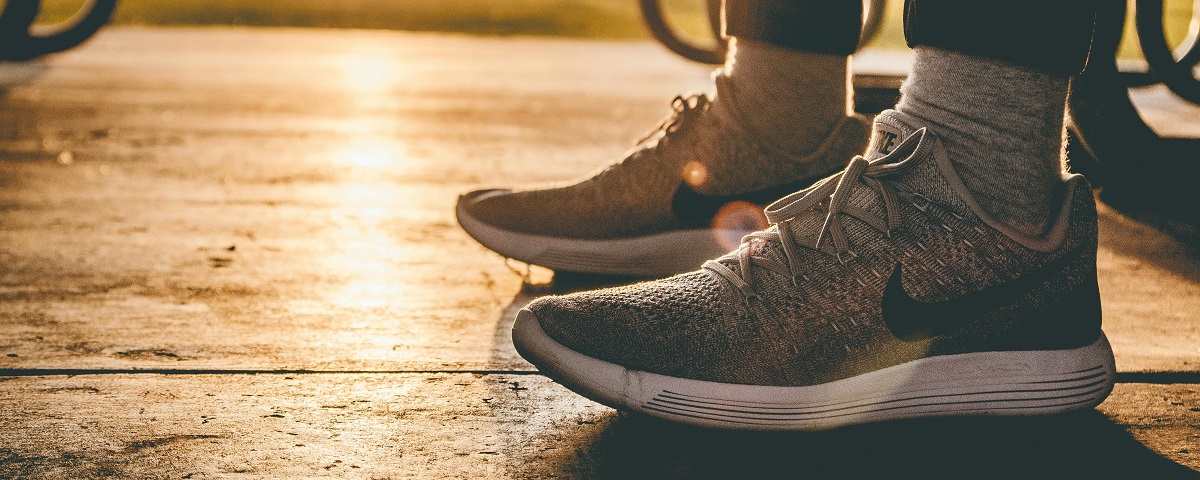It’s a new year and you’ve got a new goal: Completing a 5K race. We’ve got a few tips that could help you along the way.
What to Wear
You can run in anything, from a ratty t-shirt and cut-off sweats to the highest-tech double-wicking tops and shorts you can afford. As you progress, you’ll find you’re going to want the high-tech stuff. As for shoes, head to a retailer that specializes in running shoes. You’ll find people there that can suggest the best shoes for you, based on your goals, your anatomy and your size. A good pair of running shoes will help absorb impact from the pavement, provide energy return to help you run farther and be breathable. You do not want to skimp on shoes. Shoes can be your best friends or your worst enemies.
Prepare Mentally and Physically for the Race
Warming Up:
Start with dynamic stretching; movements used to loosen and warm your joints such as leg swings in different directions and slow easy lunges. These get your body ready for the workout to come. No static stretching, as in holding a stretch for a specific length of time. Save those for after your workout. Experiment with how many different moves you do, and for how long. Everyone’s body is different.
The Actual Run:
One way to start your training, especially if you’re a beginner, is with a series of walk-to-run intervals. Walk for a specific time, then run for a specific time. Why the intervals or breaks? When you first start training, your body will need time to get used to the new demands you’re placing on it, such as breathing and getting used to the impact on your joints. By adding these structured walking breaks into your training sessions, you can gradually increase the time spent running until you can run the full distance.
It's normal to feel some muscle aches when you first start training, as your body gets used to it. However, pain isn't normal. If something feels so painful that you have to run with a limp or somehow change your stride, then you might be injured. Slow to a walk or stop and rest. Try walking for a minute or two to see if the pain disappears. If it doesn’t, you may have to take a few days off. If it persists, you should talk to your doctor. Don’t think you can just “walk off” an injury.
Cooling Down:
After your training session, end with some static stretching; holding a specific stretch for specific muscles, for at least 30 seconds. This helps release muscle tension and aids recovery by increasing blood flow.
Cross-training Helps You Prepare:
Adding other exercise modes in addition to your running sessions is a good way of improving all-around fitness. This could include cycling, rowing, swimming and resistance training. These add variety to your run training and help reduce the risk of injury.
Nutrition Guidelines for Better Performance
To help your body go from couch to 5K, you’ll need to put in the training time, but it’s also important to make sure you eat a healthy, balanced diet. Eat plenty of carbohydrates before your longer training sessions and eat foods with a high protein content after your training sessions to aid in recovery and muscle building.
Contact us today if training for a 5K sounds like the right challenge for you. Our team would love to work with you to create a customized training program that fits your schedule and reaches your goals. Visit beachcitiesgym.com or call 310.374.3426, Option 3.




